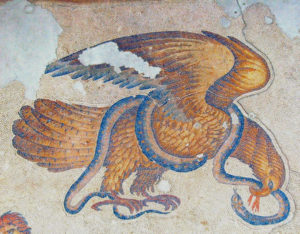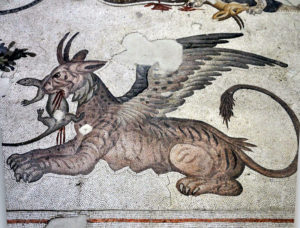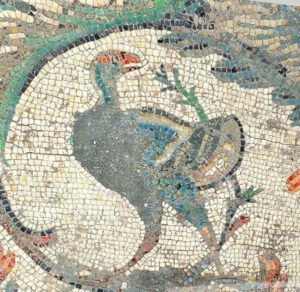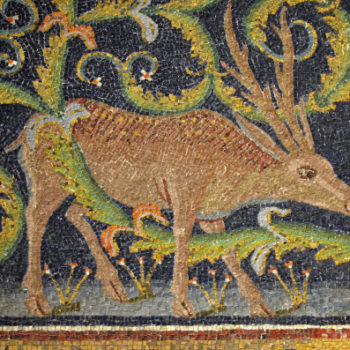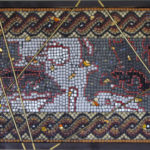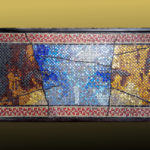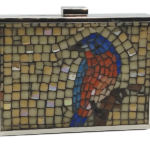Those who don’t know history are doomed to see it repeated. A little thread about the deadly Nika riots illustrated with mosaics…
The Nika Riots : 6th century hooliganism
The Nika riots took place against Emperor Justinian I in Constantinople over the course of a week in 532 AD.
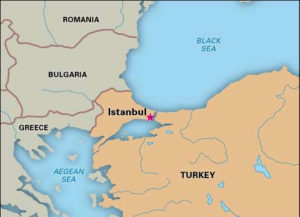
They were the most violent riots in the city’s history. Nearly half of the town was burned or destroyed and tens of thousands of people killed.
The Greens and Blues.
The ancient Roman and Byzantine empires had well-developed associations which supported the different teams competing in chariot racing. Originally, 4 major teams were identified by the color of their uniforms :
- Blues (Veneti),
- Greens (Prasini),
- Reds (Russati), and
- Whites (Albati),
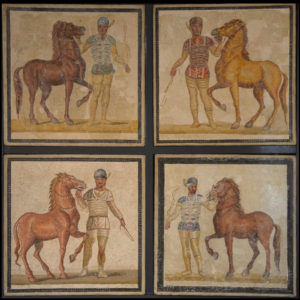
By the Byzantine era the Blues and Greens were the most influential parties.
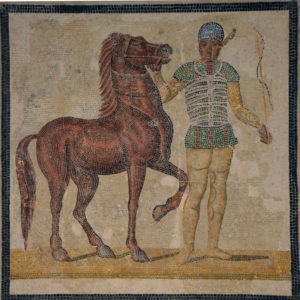
Emperor Justinian was a supporter of the Blues.
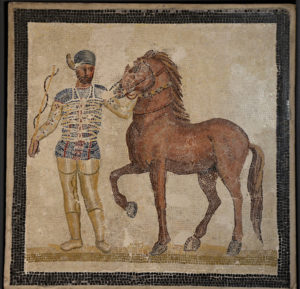
Backed by powerful aristocratic families, the Blues and Greens parties were a mix of street gangs and political parties. They were meddling in many political and religious aspects of Byzantine life and would frequently try to influence the emperor by shouting political demands between races. Supporters could be quite unruly and violent and riots were not unusual.
In 531 several members of the Blues and Greens had been arrested for murder following riots occurred after a chariot race. Most of the antic hooligans were executed but on January 10, 532, one Blue and one Green were able to escape and took refuge in a church, protected by an angry and bellicose mob.
Trying to defuse the situation, Justinian declared that he would finance chariot races 3 days later and he commuted the sentences to imprisonment. The Blues and the Greens leaders responded by demanding that the two men be pardoned entirely.
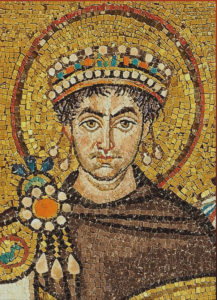
“Nika, Nika !” A bad day at the races
On January 13, an angry populace showed up at the Hippodrome. This Hippodrome , which could host 65,000 persons, was located right beside the great palace built by Constantine the Great.
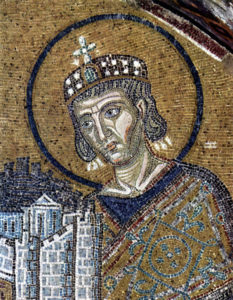
The emperor could preside the races and watch them from the safety of his balcony.
From the start, the crowd had been hurling insults at him. By the end of the day, the crowds broke out and began to assault the palace, screaming “Nika, Nika!” which means “Win” in Greek. For the next five days, palace and town were under siege. Fires destructed most of the city, including the great palace and the famous church Hagia Sophia.
The rioters, backed and manipulated by some of the senators who wanted to oust Justinian proclaimed Hypatius Emperor.
Theodora saves the day
Justinian considered sailing away. His wife Theodora is credited for dissuading him, saying, “Those who have worn the crown should never survive its loss. Never will I see the day when I am not saluted as empress, Who is born into the light of day must sooner or later die; and how could an Emperor ever allow himself to be a fugitive.”
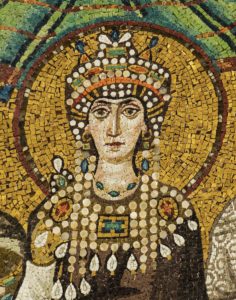
Theodora insisted she would stay in the city, quoting the ancient saying : “Royalty is a fine burial shroud”.
Justinian sent a trusted messenger to the hippodrome, to bribe the Blues leaders with gold. He reminded them that Justinian had always supported the Blues and that Hypatius was a Green. While Hypatius was being crowned most of the Blues left the Hippodrome. The Imperial troops, led by general Belisarius, had surrounded the place. They stormed in and indiscriminately killed all rebels, be them Greens or Blues.
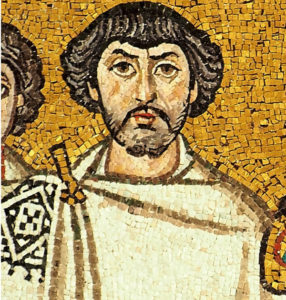
About thirty thousand rioters were reportedly killed. Hypatius was executed and the senators who had supported him were exiled. Justinian quickly rebuilt Constantinople, the Great Palace, decorated with wonderful mosaics, and Hagia Sophia.
Some of the splendid mosaics of the Great Palace can be seen at the Istanbul mosaic museum
